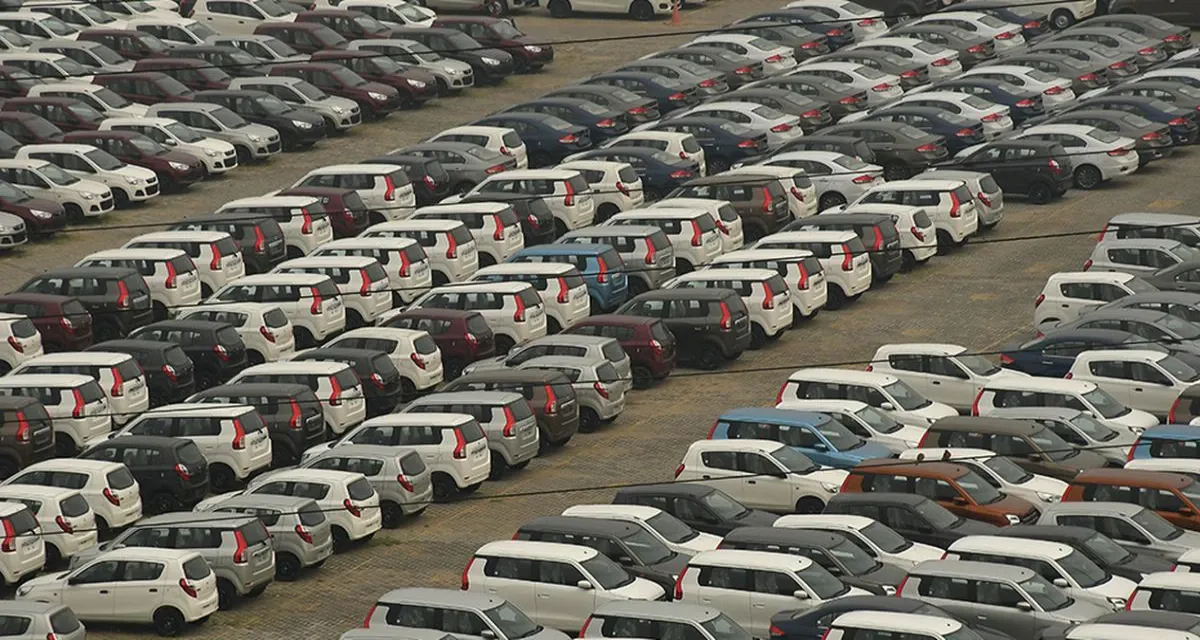

In May, the Indian car market faced a notable challenge as the passenger-vehicle segment experienced a slight decline of one percent compared to the same period in 2023. Despite an overall uptick in the vehicle market, primarily driven by the performance of the two-wheeler and three-wheeler segments, car manufacturers encountered difficulties. Factors such as increased competition, a lack of new models, and subdued marketing efforts were cited by Manish Raj Singhania, FADA President, as contributing to this downturn.
The competitive landscape, compounded by the absence of fresh offerings, intensified the struggle for automakers to attract buyers. Additionally, marketing efforts failed to resonate effectively with consumers, further hindering sales performance. With customers displaying a tendency to delay their purchase decisions, even in the face of enticing discount offers, the automotive sector faced headwinds in converting inquiries into sales.
Environmental factors also played a role in influencing consumer behavior. Heatwave conditions across northern India throughout May may have deterred potential buyers from visiting car showrooms, resulting in reduced footfall. Furthermore, uncertainties stemming from recent elections may have prompted some consumers to postpone their buying plans.
Despite these challenges, there are reasons for cautious optimism in the near-term outlook for the automobile retail sector. The post-election period is anticipated to bring a sense of stability, potentially boosting consumer confidence and enhancing market sentiments. Moreover, the India Meteorological Department's forecast of above-normal rainfall during the upcoming monsoon season offers hope, particularly for rural demand, which is closely linked to agricultural prosperity.
However, concerns persist, particularly regarding the dearth of new models and ongoing marketing challenges. Manufacturers will need to address these issues proactively to stimulate demand and regain momentum in the market. Additionally, extreme weather conditions, such as continuing heatwaves and the prospect of heavy rainfall in certain regions, remain potential dampeners on consumer sentiment and purchasing activity.
In navigating these complexities, stakeholders in the Indian automotive industry must adopt agile strategies that prioritize innovation, customer engagement, and market responsiveness to successfully navigate the evolving landscape and capitalize on emerging opportunities.
Also Read: